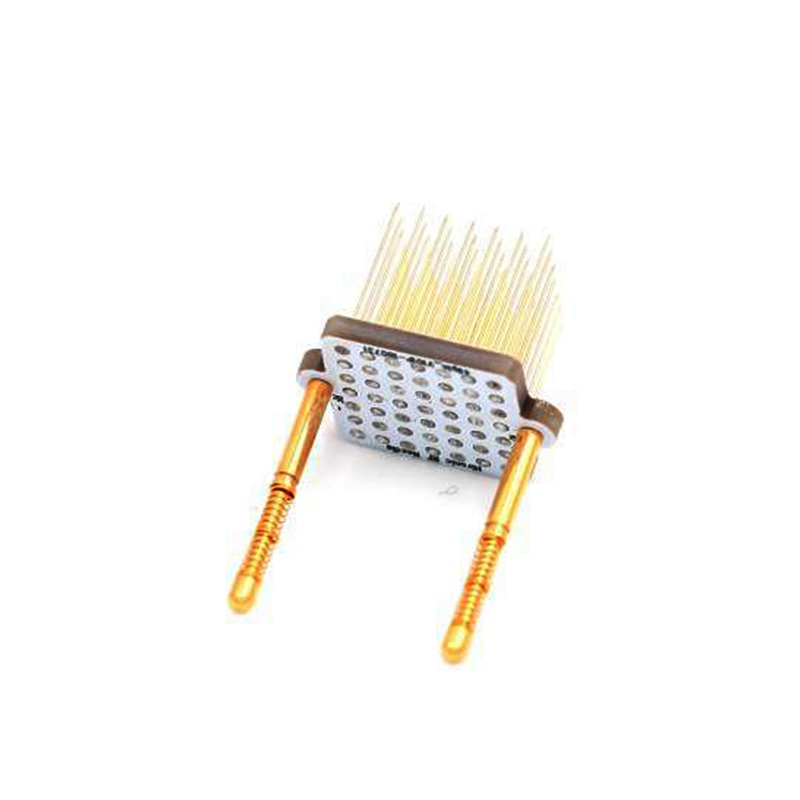Rigid-Flex PCB: The Hybrid Solution Driving Innovation in Electronics
2025-05-06
In the ever-evolving field of electronics, manufacturers are constantly seeking compact, lightweight, and highly reliable solutions. One technology that meets these demands with impressive versatility is the Rigid-Flex PCB. Combining the strengths of both rigid and flexible circuit boards, Rigid-Flex PCBs have become essential components in modern electronic designs ranging from medical devices to aerospace systems.

What Is a Rigid-Flex PCB?
A Rigid-Flex PCB is a hybrid circuit board that integrates rigid boards and flexible circuits into a single structure. The rigid sections provide mechanical support and the flexible parts allow for dynamic bending and folding. This design enables three-dimensional configurations, making it ideal for compact electronic devices with limited internal space.
Unlike traditional PCBs that rely on connectors and cables to join multiple rigid boards, Rigid-Flex PCBs reduce complexity by allowing direct integration, leading to improved performance and reliability.
Key Features
1. Space Efficiency
Eliminates bulky connectors and cables, saving space and enabling miniaturized designs.
2. High Reliability
Reduces the number of solder joints and interconnects, minimizing failure points and enhancing durability.
3. Lightweight Design
Ideal for portable or wearable devices where weight is a critical factor.
4. Dynamic Flexibility
The flexible sections can withstand repeated bending, perfect for devices with moving parts.
5. Design Freedom
Allows engineers to create three-dimensional designs by folding or twisting the flexible parts around rigid components.
Common Applications
Medical Devices
Rigid-Flex PCBs are widely used in surgical instruments, pacemakers, and imaging equipment for their compact size and reliability.
Consumer Electronics
Smartphones, cameras, and laptops use Rigid-Flex PCBs to optimize space while maintaining performance.
Aerospace and Defense
The high reliability and lightweight nature of Rigid-Flex PCBs make them ideal for satellites, drones, and military-grade electronics.
Automotive Electronics
Used in control systems, infotainment devices, and advanced driver-assistance systems (ADAS) where space and reliability are key.
Challenges to Consider
Design Complexity: Requires careful planning of mechanical and electrical layouts.
Higher Initial Cost: More expensive than traditional PCBs in early production stages.
Manufacturing Expertise: Not all manufacturers can produce high-quality Rigid-Flex PCBs due to technical requirements.
Conclusion
The Rigid-Flex PCB represents a powerful evolution in circuit board technology. By combining flexibility and strength in a single unit, it enables more efficient, reliable, and innovative product designs. As consumer expectations and technological demands continue to grow, Rigid-Flex PCBs will play a crucial role in shaping the future of electronics.


